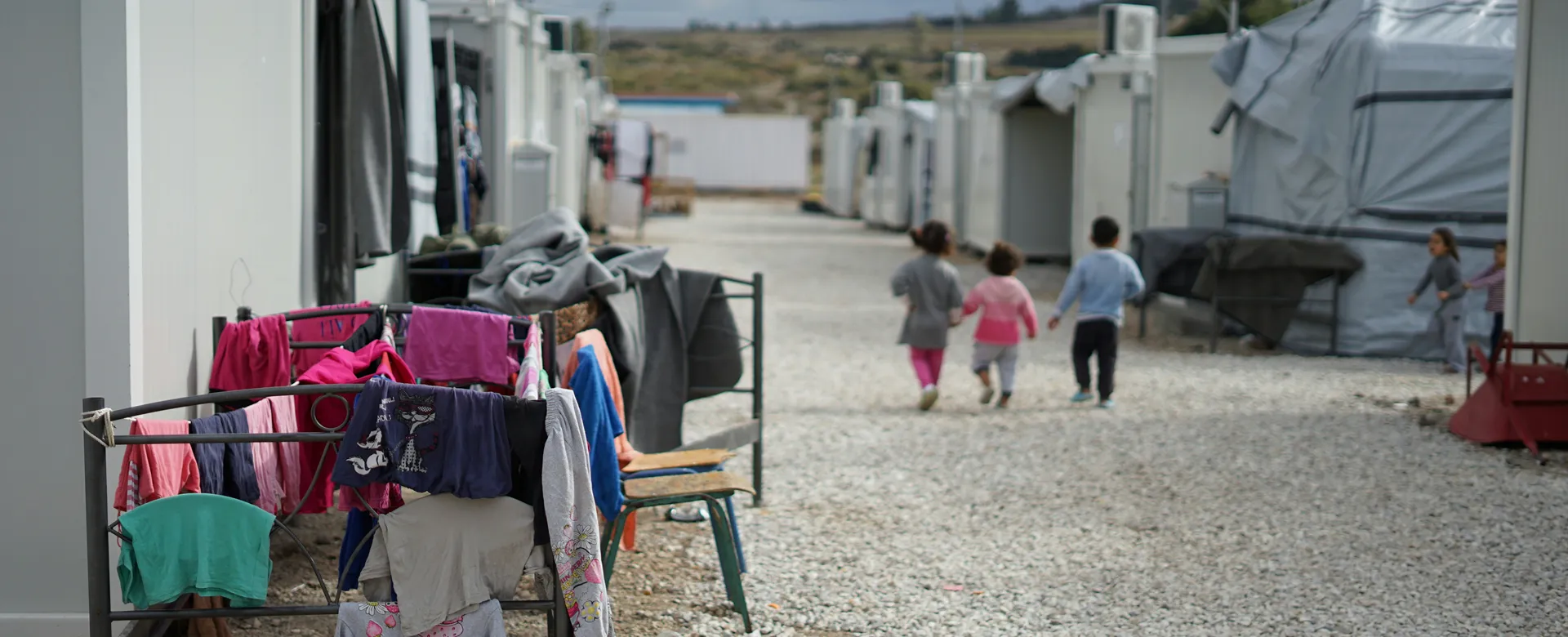New diseases and Agricultural pests
The Anthropocene, the age dominated by human influence on climate and environment, brings societal challenges like new diseases and pests due to land changes and global connectivity. Global antimicrobial resistance - pathogens' growing immunity to antimicrobials, is escalating infections, and mortality risk. Emerging invasive species, such as agricultural pests, endanger food security and livelihoods by damaging crops. Our research aims to understand and counter these phenomena.
Food systems
Food production is driving biodiversity loss, marine resource overexploitation, and eutrophication. Our research delves into the Global Production Ecosystem (GPE), an interconnected network shaping much of the biosphere, focusing on Blue Food systems - aquatic-based food from marine and freshwater environments. We are also active within the Seafood Business for Ocean Stewardship (SeaBOS) initiative, where researchers collaborates with major seafood companies to transform the seafood sector sustainably.
Biodiversity
How does biodiversity affect human well-being and health, and at what scales can these contributions be measured? This is the central question of this focus area, with an extra emphasis on child health. We combine research on biodiversity in relationship to ecosystem services, earth system processes and human well-being. We aim to deliver a systematic map for strategic prioritisation of future research and policy.
Novel entities
The term 'novel entities' refers to new substances, or new forms of existing substances, and modified life forms that potentially can alter the Earth's functioning. These include chemicals and biotechnology that profoundly affect our environment and health. We explore how novel entities can push our planet beyond its safe operating space and how marine genetic resources and biotechnology can impact marine ecosystems and how they can be used sustainably.





